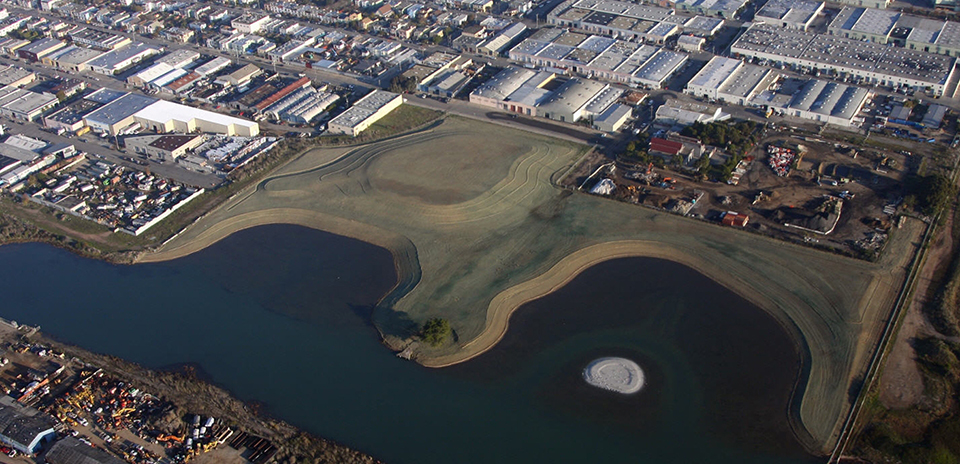By Randy W. Widera, Director of Philanthropy, California State Parks Foundation
Our climate is changing, causing warming oceans and melting ice sheets leading to global sea level rise of 3.4mm per year. By the year 2100, California is projected to experience 1 to 7 feet of sea level rise, depending on future rates of global emissions.
The California Department of Parks and Recreation (California State Parks) manages nearly 1/4 of the California coastline with 128 coastal units, providing coastal access and recreational opportunities to over 50 million visitors each year from all over the world. Many coastal park units have already experienced impacts to resources and facilities due to coastal flooding and erosion.
For our cherished state parks, modeling indicates that 5 feet of sea level rise and a 100-year storm would result in the inundation of 593 structures, 150 acres of parking lots, 93 campgrounds and day-use areas, and 65 miles of access roads. This is before considering damage to underground infrastructure, bluff erosion, and archaeological losses.
It is clear, sea level rise may be disastrous to California’s coastal parks if no further action is taken to plan, prepare, and respond to this emerging threat.
Driven by updated science and policy considerations, as well as lessons learned from prior adaptation actions, California State Parks has developed a strategy to articulate its recommended approach to coastal management in an era of sea level rise. On May 21, 2021 they released their plan to address this challenge; Sea Level Rise Adaptation Strategy. This plan aims to address the challenge of rising seas using a proactive approach consistent with existing operational procedures and aligned with the latest statewide policy and science.
This approach uses principles to guide all of California State Parks’ future endeavors related to sea level rise; these principles are cross-functional and serve to align actions internally. The approach also promotes increased integration of multidisciplinary objectives during project and plan development, as well as the development of decision support tools to assist staff in building best practices into future operations at coastal park units.
To address sea level rise at the statewide level, California State Parks Foundation is calling on legislators to support the Governors proposed investment of $11.5 million as part of his May Revision as a significant down payment in building climate resilient state parks. In addition, we are committed to work with California State Parks and our park partners to begin implementing model projects.
But we must also address sea level rise at the local level, specific to each park. California State Parks Foundation’s current work at Yosemite Slough, part of Candlestick Point State Recreation Area, is one model that we are looking to as the future of managing coastal resources and to build climate resilient parks. Using natural systems, we have created a “Living Shoreline” and restored the natural tidal influences and habitat where once there was land fill and debris with little biological and recreational value. This living shoreline can now better absorb the extreme tidal events and protect from erosion and flooding. It also dramatically increases habitat for native plants and animals, and creates a high-quality natural space for the local communities to enjoy. As part of this work, we studied future seal-level rise scenarios and created models to plan and mitigate for the impacts of a rising sea.
These strategies at the statewide and local levels from California State Parks, California State Parks Foundation, and many other partners will preserve and protect our coastal parks. We will be working hard in the upcoming years to help accelerate these solutions to create transformational change. Because of our members and donors, California State Parks Foundation is able to do this critical work to partner with leaders in California and parks to tackle the enormous challenge of building climate resilient parks.

